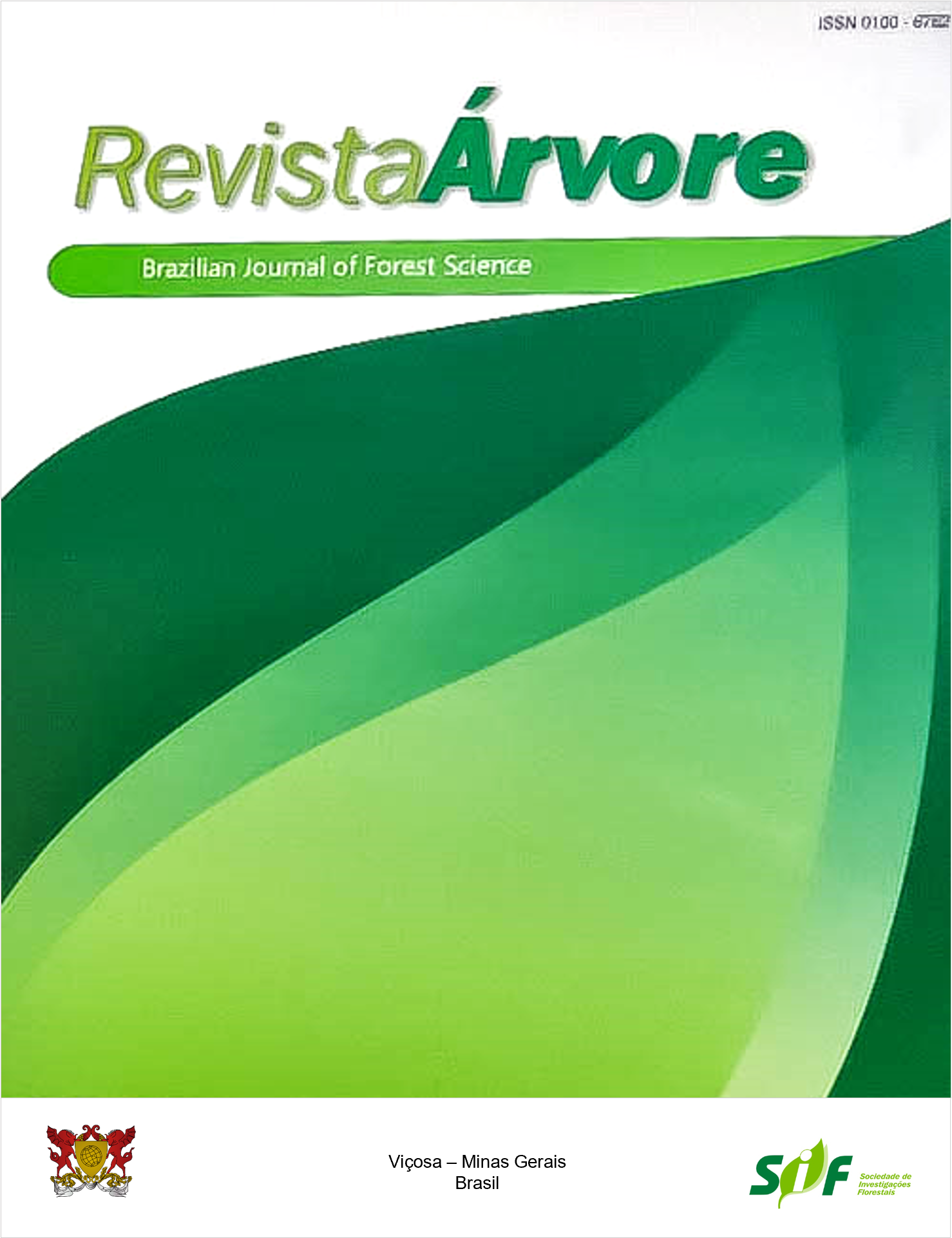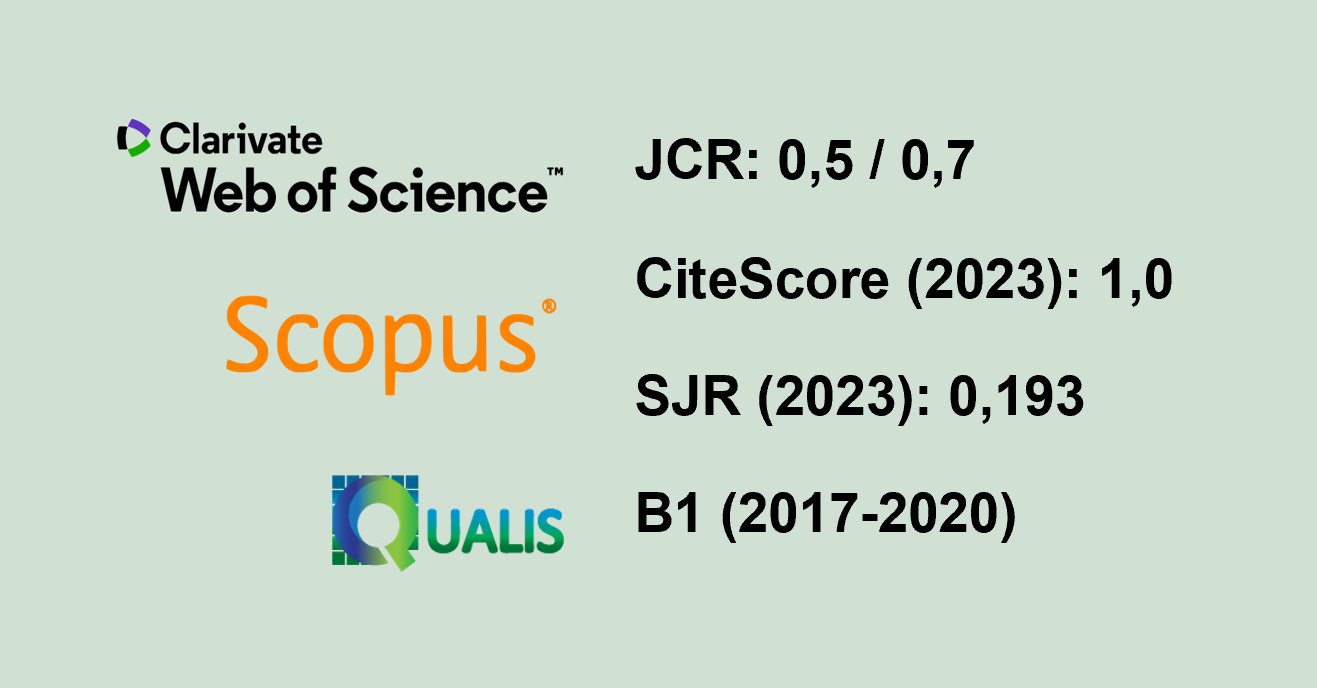CONCENTRAÇÃO REGIONAL DA PRODUÇÃO DE CARVÃO VEGETAL NO ESTADO DA PARAÍBA, BRASIL (1994 - 2016)
Palavras-chave:
Economia florestal, Biomassa, Concentração IndustrialResumo
O carvão vegetal tem uma importância econômica, social e ambiental, pois além de fonte de energia, gera emprego e renda no meio rural. Portanto, conhecer o seu mercado é fundamental para as tomadas de decisões daqueles segmentos que dependem desta matéria prima. Este trabalho analisou a concentração regional da produção de carvão vegetal no estado da Paraíba, Brasil, no período de 1994 a 2016. Os dados empregados para mensurar a concentração regional da produção (em toneladas) do carvão vegetal nativo da Paraíba foram obtidos no Instituto Brasileiro de Geografia e Estatística (IBGE), no período de 1994 a 2016. Os indicadores utilizados foram a Razão de Concentração [CR(k)], o Índice de Herfindahl-Hirschman (HHI), o índice de entropia de Theil (E) e o Índice de Gini (G). Os principais resultados mostram que as mesorregiões da Borborema e do Sertão Paraibano se concentram a produção de carvão vegetal da Paraíba. O CR(k) dos municípios teve concentração baixa a moderadamente baixa e para as microrregiões uma concentração moderadamente alto a alto; o HHI e E mostraram tendências de desconcentração apresentando de mercados competitivos; o G mostrou em média uma desigualdade forte a muito forte para os municípios e microrregiões. Conclui-se que a concentração da produção do carvão vegetal nos níveis regionais não é concentrada, mesmo apresentando concentração moderada nos índices parciais [CR(k)] para as microrregiões da Paraíba.
Palavras-Chave: Economia florestal; Biomassa; Concentração Industrial
Downloads
Publicado
Como Citar
Edição
Seção
Licença
Copyright (c) 2021 Revista Árvore

Este trabalho está licenciado sob uma licença Creative Commons Attribution 4.0 International License.
Todos os autores concordaram com a submissão do trabalho à Revista Árvore e concederam a licença exclusiva para publicação do artigo. Os autores afirmam que se trata de um trabalho original, e que não foi publicado anteriormente em outros meios. O conteúdo científico e as opiniões expressas no artigo são de responsabilidade total dos autores e refletem sua opinião, não representando, necessariamente, as opiniões do corpo editorial da Revista Árvore ou da Sociedade de Investigações Florestais (SIF).




